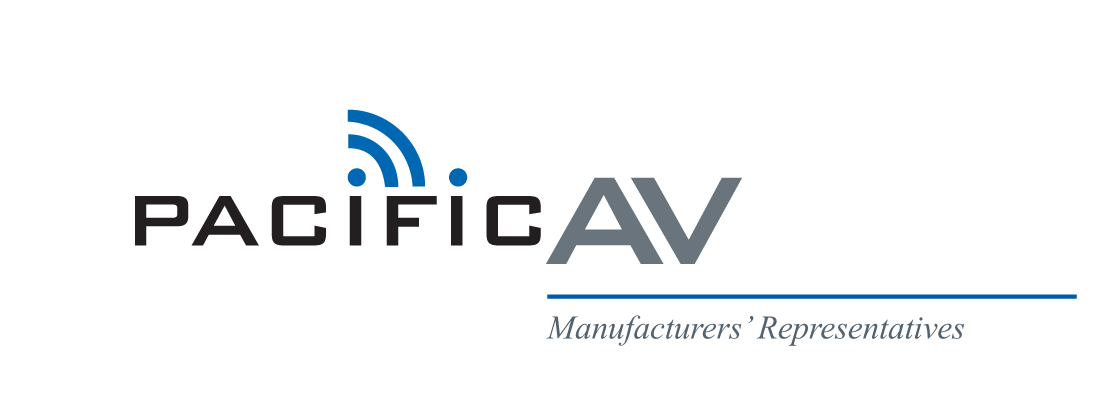Before the 2016 Olympic and Paralympic Games kick off in Rio this week, the Olympic torch has made its way throughout Brazil to 300 cities over the course of five months, promoting the spirit and life of games with K-array by its side. Nissan, the official sponsor of Rio 2016, chose the Italian manufacturer to provide audio reinforcement for a mobile stage truck that accompanied the torch throughout its journey for announcements and performances by renowned national and local artists. Rental company responsible for the audio service, Flex Online, installed two KR402 systems for a total of eight KP102 Pythons and four KMT21 21” subwoofers in the truck.


The decision to utilize K-array came because of its high quality and innovative design, which easily allowed the team to set the speakers inside the structure of the truck, hiding them from the audience. The Python columns were installed horizontally, providing Flex Online with the opportunity to control the sound dispersion, focusing on just the front stage area and not to spread sound to the sides of stage.
“The torch relay generates a lot of interest at each city or town, and therefore, a very big audience. The horizontal set up was the best way to reach everyone in attendance and increase participation. And they were completely invisible to everyone, which enhanced the performances.” -Esteban Risso, Business Director at K-array distributor.
Given the success Nissan experienced with the system, the important car manufacturer also used K-array for various events in connection with the torch relay at their dealerships in many Brazilian cities, with rental company MX Sound Light Design providing more of the same KR402 portable systems. Featuring a pair of KMT21 21″ subs each with 2 channels of 2000 W matched to two KP102 Python with 3.15″ neodymium speaker elements, the KR402 portable system is self-powered, intelligent and capable of reaching high SPL. The rear panel provides input for a balanced line signal, microphone signal with phantom power and digital signals in AES/EBU protocol and also on an XLR for ease of cabling. All DSP functions, including EQ, can be controlled with remote managing software via USB or RS485, again conveniently on a standard XLR.
